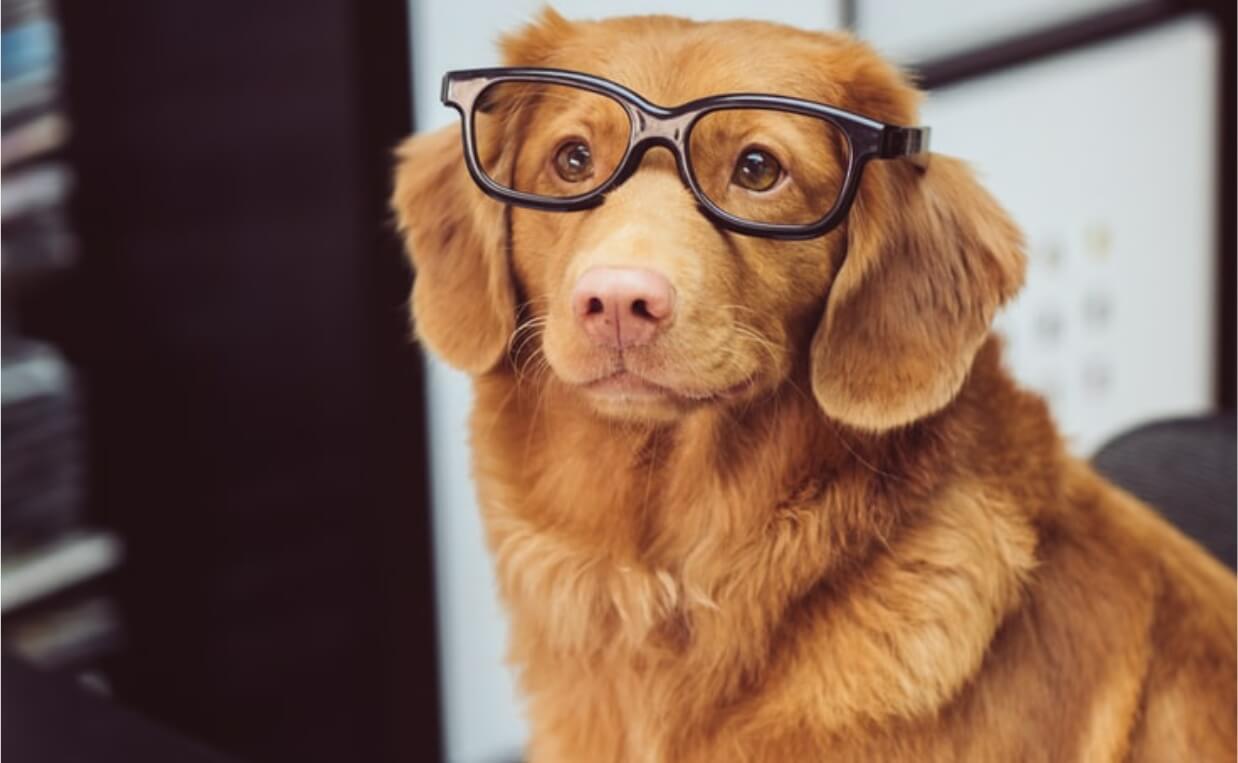
Enrichment is essential for the well-being of your dog. Enrichment encourages your dog’s natural instincts, providing a variety of experiences for their senses. Dogs need both mental and physical stimulation to keep boredom at bay. If you don’t provide your dog with adequate stimulation, he or she is likely to engage in unwanted behavior.
Enrichment should be a part of every dog’s environment. As a dog parent, you have a responsibility to provide stimulation opportunities for your dog.
One of the best research studies conducted on canine mental enrichment to date was completed in 2008 by the Veterinary Medicine Department at the University of Utrecht in The Netherlands. This was a pilot study; the researchers themselves stated a more thorough study with a larger study size needs to be conducted. Nevertheless, the findings are valuable.
The Dutch researchers found the following when dogs were exposed enrichment toys or activities. Dogs had:
- Better appetite
- More interest in exercising/playing and showed less depression
- Lower frequency of barking
In summary, there is evidence that mental enrichment does improve the happiness and well-being of dogs.
You may notice a positive difference in your own dog when he or she engages in mental enrichment activities or gets to go to daycare (lucky dog)!
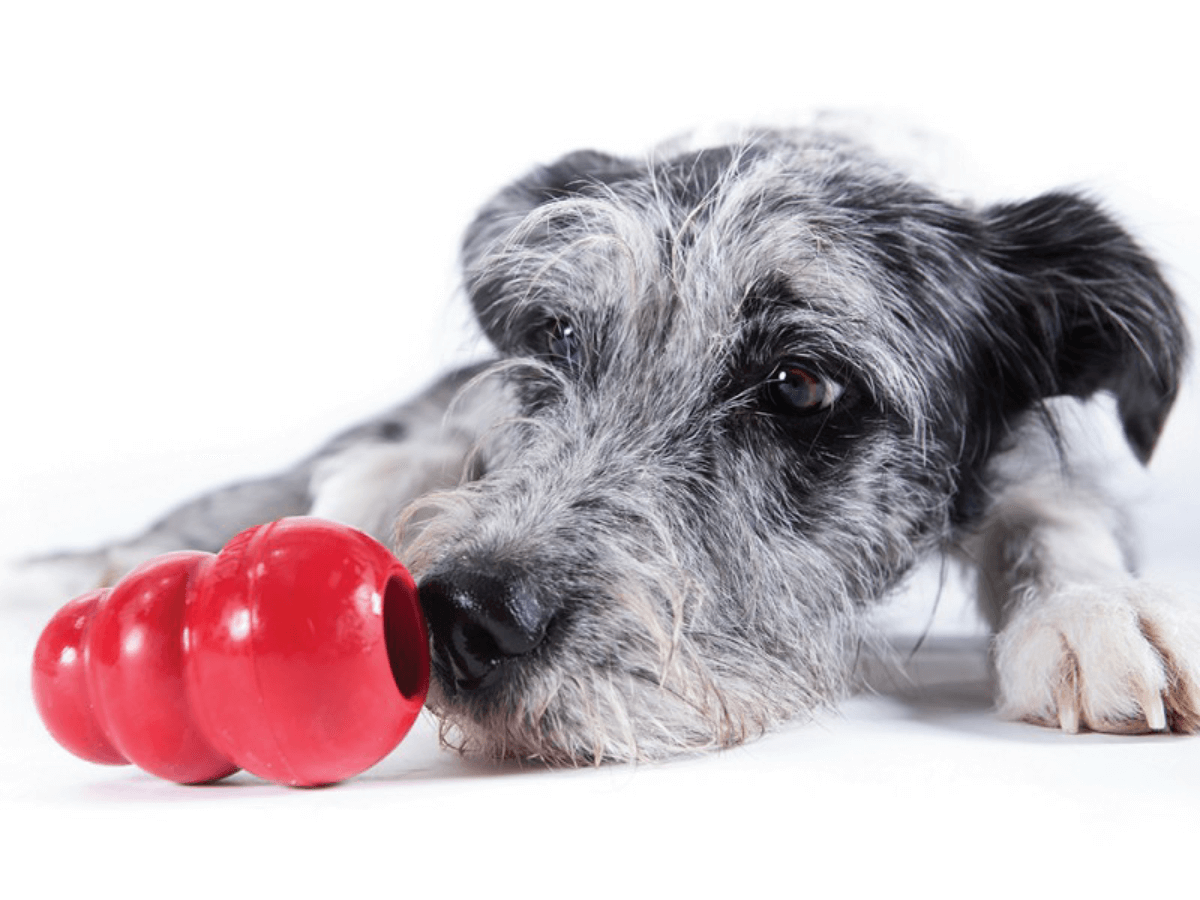
How To Provide Your Dog with Mental Enrichment
There are five types of enrichment you can use to help reduce and avoid stress in dogs.
-
Social enrichment
Social enrichment is the idea behind dog daycare. It is the practice of promoting contact between dogs as well as learning to trust other people. This can be accomplished by:
- Supervised play groups (i.e. dog daycare)
- Taking dogs on walks (or outings) and creating positive interactions while on the walk such as petting, praise and play
A well-socialized dog will not become fearful, over-stimulated or aggressive when exposed to new people, dogs, places, or objects.
-
Nutritional enrichment
Nutritional enrichment encourages dogs to use natural foraging or feeding behaviors to earn food. Common nutritional enrichment activities include:
- Puzzle feeders
- Hiding food to challenge your dog and encourage him or her to search for food
- Alternating food, treats and chewable items
Increased foraging behavior may decrease unwanted behaviors such as excessive barking. It may also help increase physical activity, benefiting your dog’s overall condition.
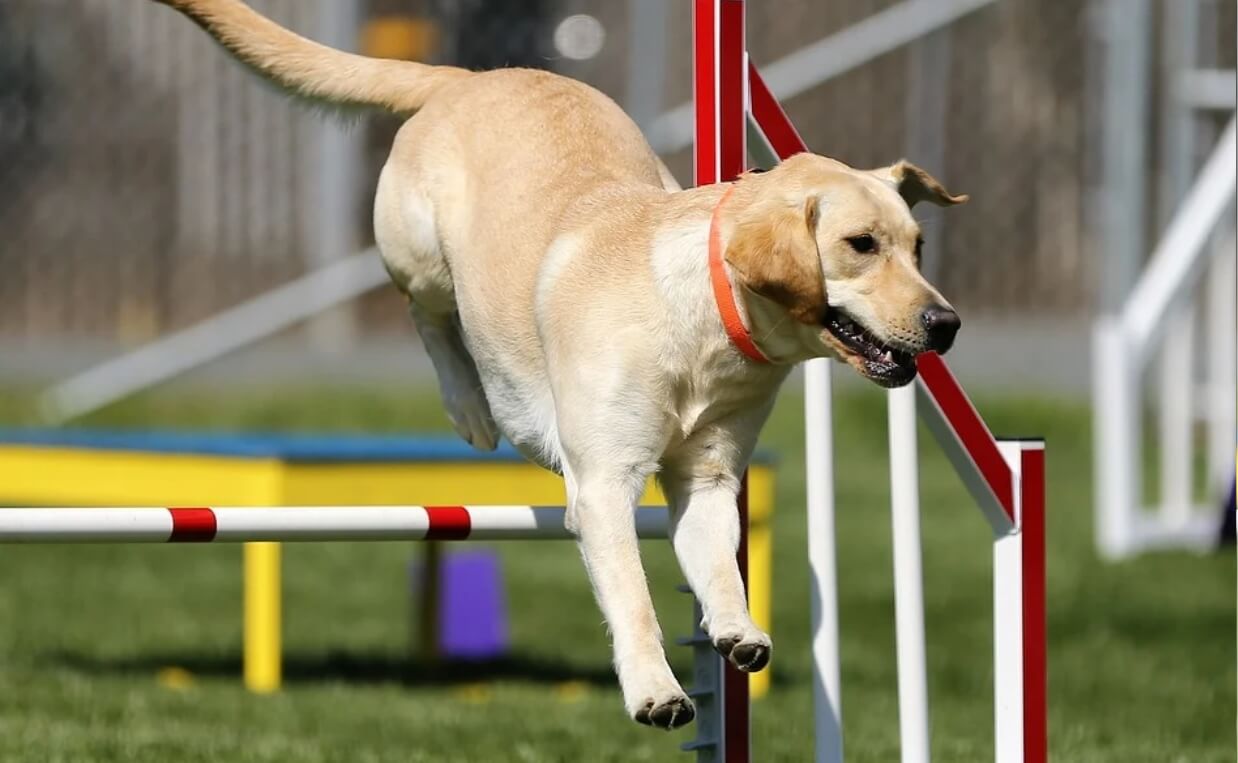
-
Occupational enrichment
Occupational enrichment challenges dogs by giving them a “job” to do. This can be accomplished by:
- Playing sports, such as agility or fetch
- Practicing positive training regularly
- Providing food puzzles (these require your dog to “work” to get the food or treat out), such as Kong toys, interactive dog bowls, feeding mats, soft toys you can hide the treat in, dispensing toys, slow feeder mats, lick mats, suction cup tugs, etc. There are many of these types of toys on the market today.
- There are many games you can teach your dog to play with you. Read more: 10 Fun Games to Play with Your Dog to Prevent Boredom
Occupational enrichment helps keep dogs mentally stimulated to combat boredom while also allowing them to release excess energy.
-
Sensory enrichment
Sensory enrichment can be used to stimulate various canine senses, such as sight, sound, touch, taste or smell.
-
Sight
- Low furniture (appropriate for climbing on) can give dogs a different viewpoint.
- Visually stimulating objects, such as a fan with streamers, or television can add interest
- Access to a window for natural light
- Bubbles are a fun way to entice your dog to seek, chase and catch. You can use a handheld bubble blower or invest in a bubble machine. Be sure to use non-toxic soap for the solution. There are also flavored bubble solutions for dogs, such as peanut butter, bacon, steak or chicken, for a more enticing experience for your dog.
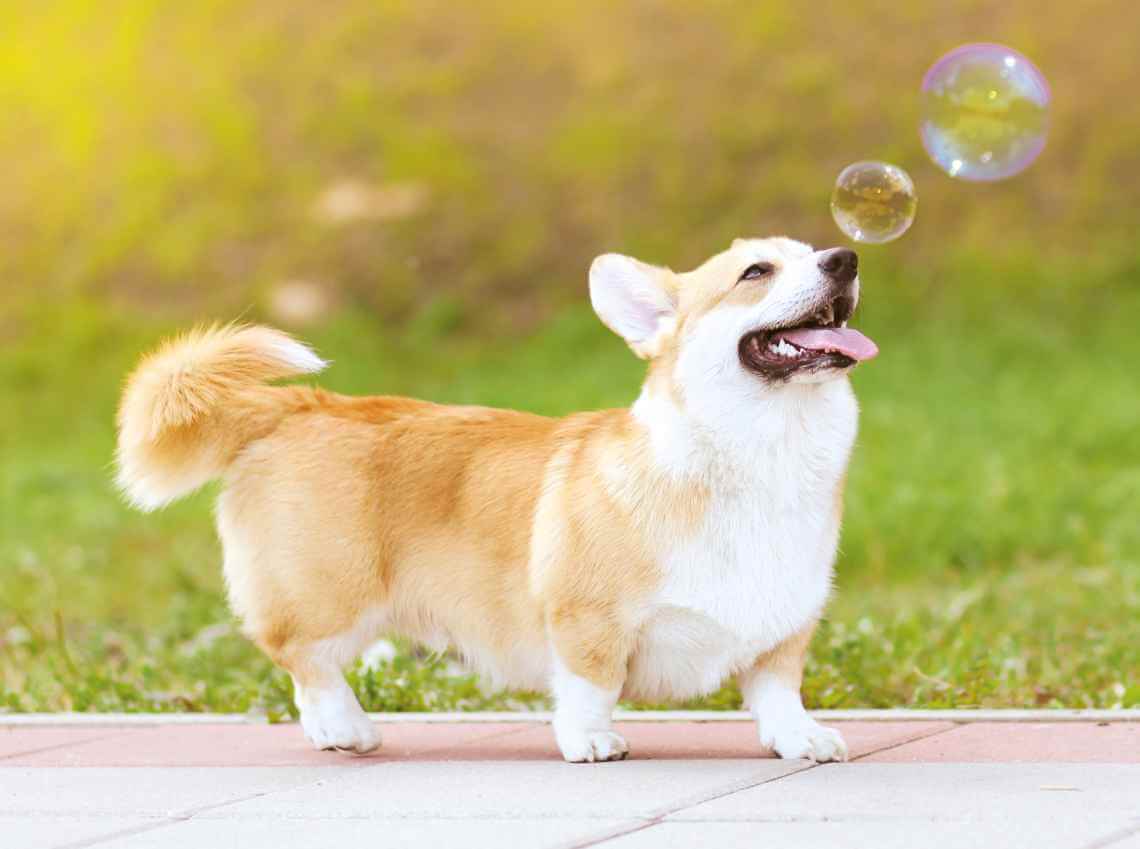
-
Sound
Play soothing music, keep the volume low and don’t leave the sound on all the time.
-
Smell
Aromatherapy herbs (lavender, chamomile), spices (vanilla, coconut, ginger), or commercially available ointments containing animal scents will add interesting scents for your dog.
-
Touch
- Give your dog massages
- Rub your dog’s belly (if he or she enjoys it)
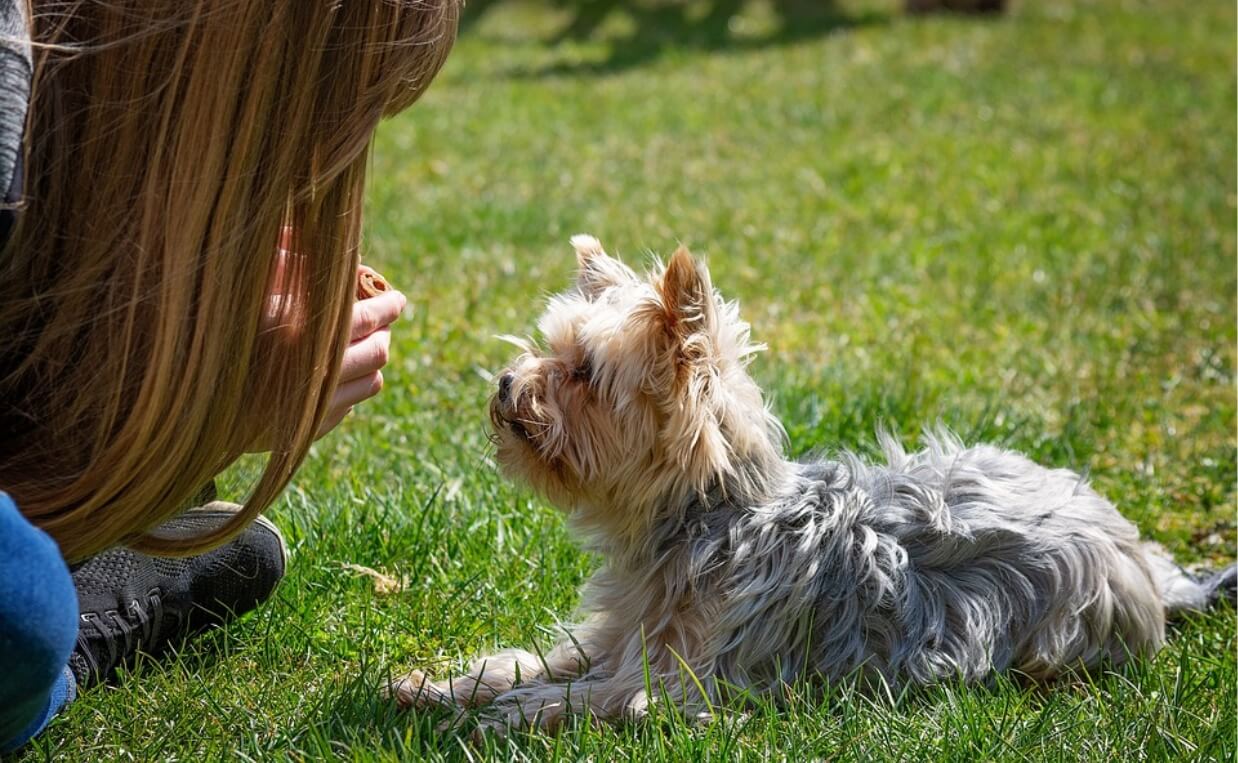
-
Taste
Most dogs do enjoy variety in food, and if you feed them the same thing every day they get tired of it. Give them something new and they will gobble it up.
CAUTION: Dogs can’t eat all foods humans can eat. Here is the Ultimate Guide to Foods You Can and Can’t Feed Your Dog so you can check to make sure whether a particular food is okay to feed your dog or not. This list can also be used to generate ideas for new tastes to introduce to your dog.
A fun way to enrich your dog’s sense of taste is to conduct your own doggie taste test to see which foods your dog prefers. Here’s how:
- You’ll need two bowls, two pieces of screen and two types of food about the same size.
- Place one piece of each type of food in each bowl and cover both bowls with a screen so your dog can sniff each one.
- Place the bowls an equal distance away from your dog and remove the screen.
- Record which food he or she eats first.
- Replace the screen and do it again, alternating sides.
- Do this until your dog consistently shows he or she has a favorite. Then compare with another new food.
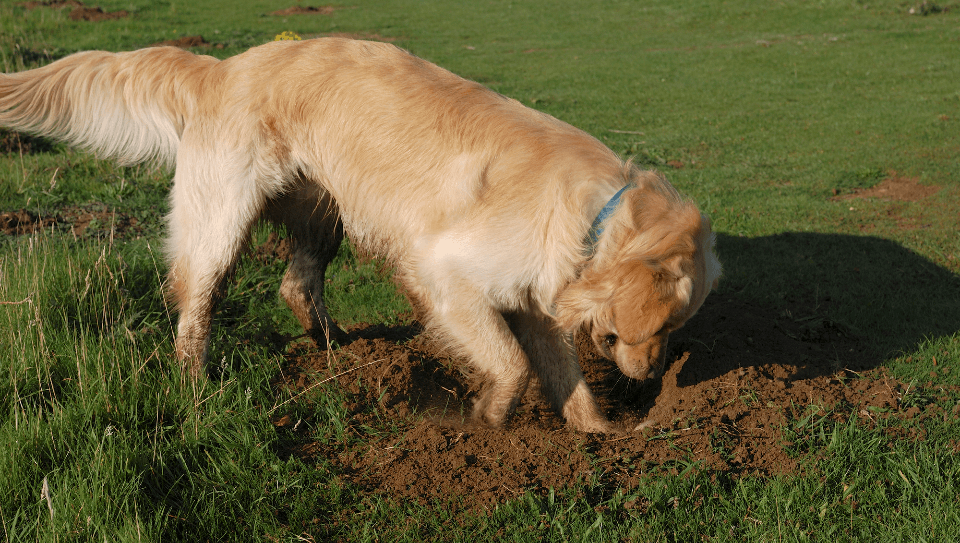
-
Physical Enrichment
Physical enrichment refers to providing variety and complexity to your dog’s living area. Here are some ways you can enrich your dog’s environment.
- Provide toys your dog enjoys and rotate them often. It is a good idea to have a selection of preferred toys and rotate their use. Read more: 5 Tips for Choosing the Best Toys for Your Dog
- Provide physical enrichment in the form of a soft bed, a raised platform with stairs, a dog door so your dog can choose to be inside or outside as well as a place to hide if frightened (i.e. a crate).
- If your dog likes to dig, consider building a sandbox so he or she has an acceptable place to dig and hide bones.
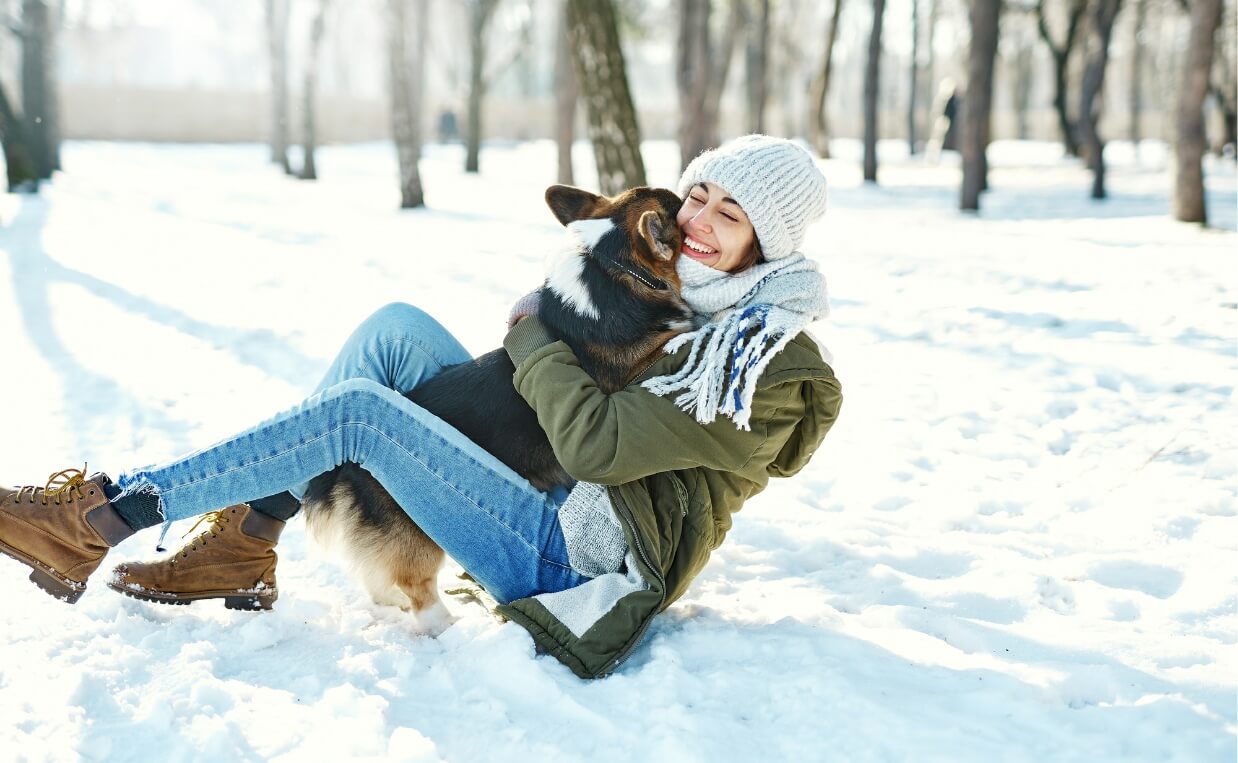
Final Thoughts
Incorporating mental stimulation into your dog’s life will increase his or her happiness and well-being. Mental stimulation builds on your dog’s natural instincts, builds confidence and gives him or her a sense of accomplishment. Best of all, it lowers boredom, stress, anxiety and frustration, giving you both a higher quality of life together.
What type of mental stimulation does your dog enjoy the most? What should be added to this list? Please comment below…

 How to Choose Durable Dog Toys for Fun and Safety
How to Choose Durable Dog Toys for Fun and Safety Tips to Avoid Dog Boredom
Tips to Avoid Dog Boredom How Intelligent is Your Dog?
How Intelligent is Your Dog? Breaking News: Dogs Start Their Own Social Media Platform
Breaking News: Dogs Start Their Own Social Media Platform How to Throw Your Dog a Party
How to Throw Your Dog a Party






Leave a Reply